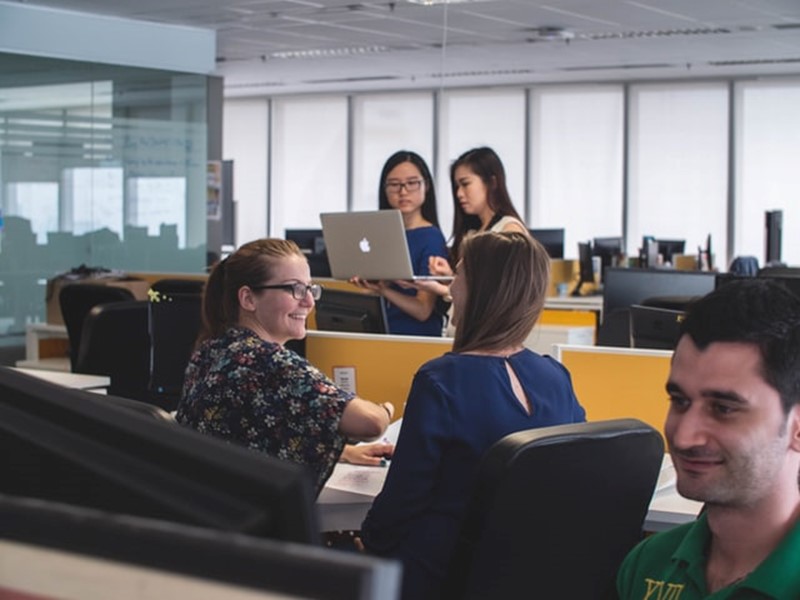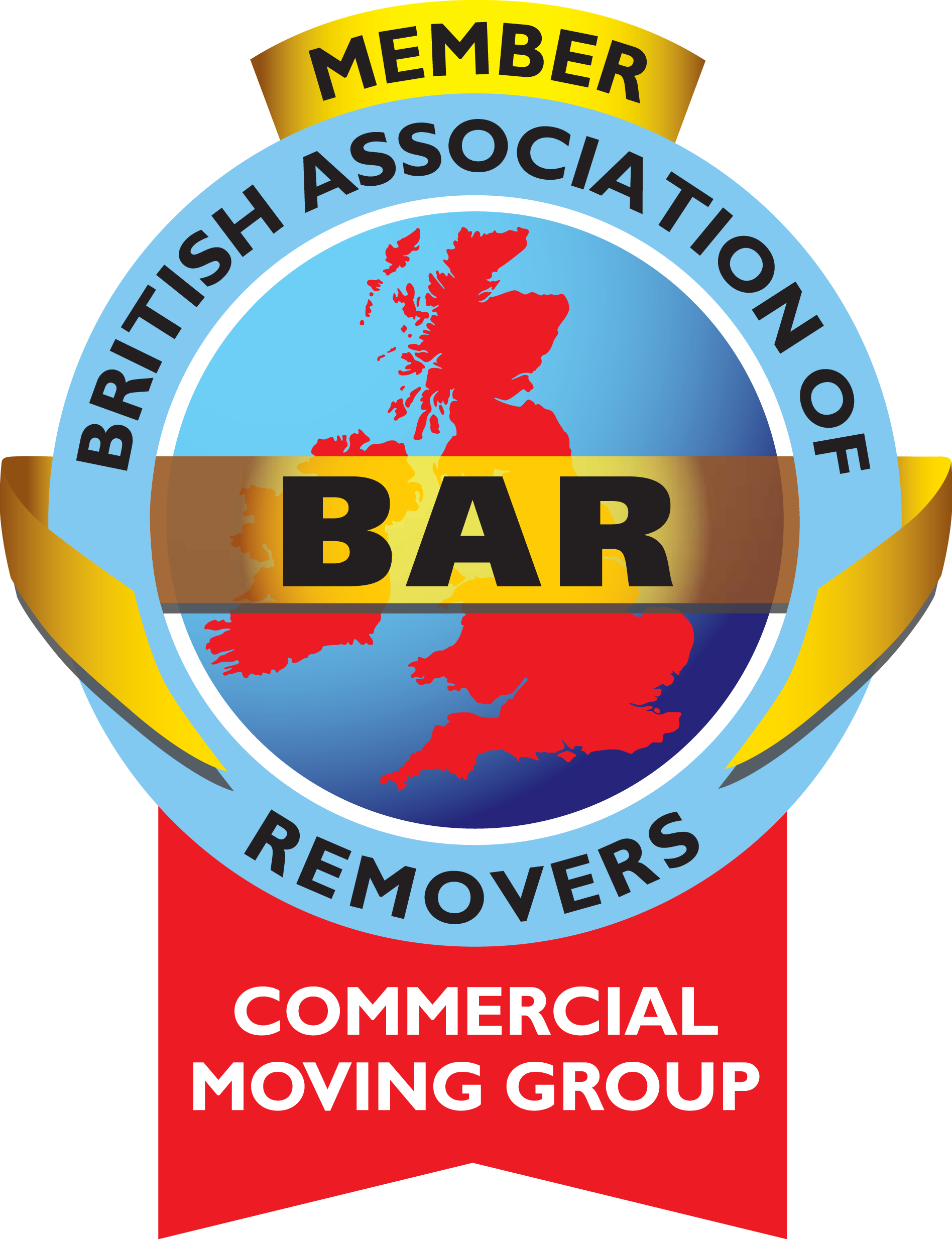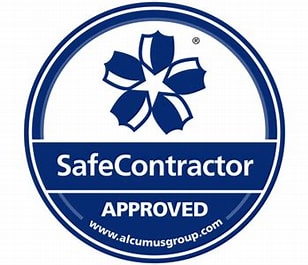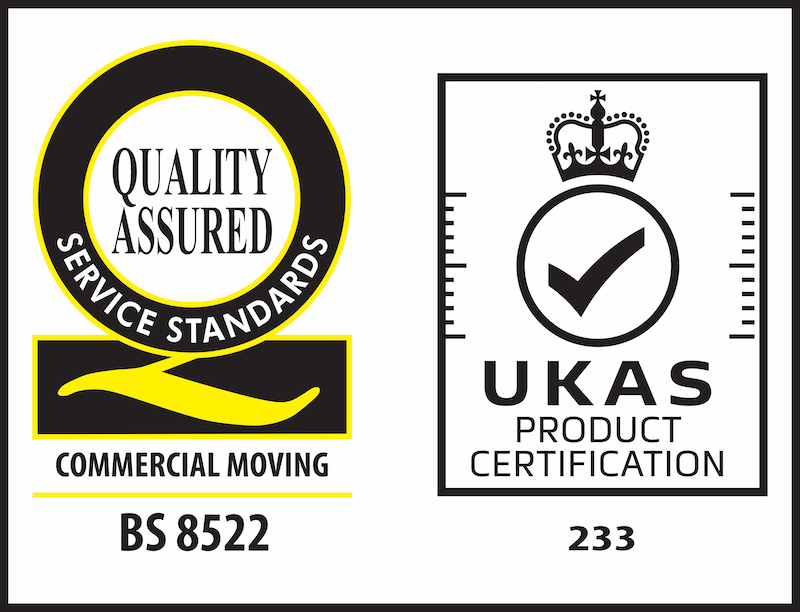Top 5 things to consider for the return to the office
The past 18 months has fundamentally altered expectations of the workplace

MORE STORIES
Please click here to chat through what you'd like your Success Story to be.
The past 18 months has fundamentally altered expectations of the workplace. We can expect to see changes take place over the next few years as organisations settle into news ways of working. Different sectors will respond to these changes in their own ways.
Perhaps one of the most important things to take from the pandemic is the variety of ways organisations have and continue to respond. Traditional approaches to workplace use are no longer appropriate for many sectors and technology has enabled companies to start experimenting with different working models.
For some businesses, this process can be intimidating. To make it a little easier to approach, here are five vital things to consider about the return to the office.
- Create a furniture management strategy
Begin by understanding how your workplace will ideally be used. What skills, actions, and behaviours are valuable to you? If many of your staff are working remotely for part of the week, they should make the most of the time spent in the office to collaborate. To facilitate this, your company will want to create spaces for people to connect. Individual workstations may no longer be necessary. Your organisation might even look to sublet unused space.
Depending on your current fit-out, you may wish to move or store furniture alongside more valuable assets such as technology. It will benefit you to think carefully about what to keep and what to dispose of as storing large unnecessary pieces of furniture can be costly.
There are many alternative end of life solutions that avoid sending items to landfill. We engage with the circular economy in two main ways. The first is through closed-loop solutions which prolong the life of items by donating or re-distributing them. We have long-term relationships with charities, schools, and community partners across the UK through which we find new homes for furniture and other items.
The second alternative is to repurpose the materials from discarded items, recycling and reusing as much as possible.
- Storage solutions
You may want to store furniture and other assets that will be useful in the future. When deciding what do store, consider the cost and length of time the item is likely to be in storage. You should weigh this against the cost of discarding the old item buying a new item in the future.
It can be tempting to store items in the workplace rather than pay for warehouse storage. However, this can cost rather than save money. Office space costs far more per square meter than warehouse space, especially in the centre of a city or business district. If you have spare space, subletting and downsizing are much more cost-effective options.
- Workplace design
Workplace design will be at the centre of the new workplace experience. As remote working becomes increasingly practical and with recent events from Covid to fuel shortages, commuting into work is less appealing than ever for many. But there are some things that just can’t happen remotely, such as casual interactions that spark new ideas or build stronger connections, and informal learning from observation.
There are so many reasons to encourage employees to continue coming into the workplace on a regular basis. Forcing them to do so, however, might cause resentment and preclude real engagement.
Workplace design will be at the heart of encouraging people back. Open spaces and beautiful, calming decoration will be particularly appealing to employees whose at-home workspaces are less than ideal – cramped, dark, uncomfortable, or loud.
But to really make the most of the workplace, businesses will want to include design that promotes the behaviours they want to see in the office. If a company want to encourage creative and collaborative work, they must create group spaces that facilitate this style of working. If employees are coming in to host video calls and meetings in a more professional environment, elegant, soundproofed areas with the technology for video calls and presentations are essential.
- Employee communications
Don’t just tell your staff your plans - get their opinions and feedback. For traditionally hierarchical organisations, consulting the workforce might not be instinctual. However, in any workplace change, buy-in from employees is crucial to success. Employees who accept changes and feel that their opinions have been heard and respected are far more likely to engage with their work and the workplace. Keep everyone in the loop right from the start of the planning process as change taking place out of nowhere can be disconcerting.
Your employees are also the experts on what how they use space and what tools, and equipment is most useful. Surveys or sensors can be used to assess how the office is currently used and how to optimise it.
- Office relocation
Corporate real estate is one of the biggest outgoings for most companies. If your workplace use model is changing significantly, it may be worthwhile to reassess how your organisation is using space. Central locations, particularly in London, are worth a lot and with the rise of remote, hybrid, and flexible working, there are more opportunities to rent space. For those downsizing, relocation is an opportunity to find a more cost-efficient space with the design elements discussed above in mind.
For those looking to streamline while staying in the same location, subletting and creating co-working spaces can be a way to introduce new talent into your space and create opportunities to build new connections.
We provide a range of business relocation and workplace change solutions throughout the UK. Contact us today to discuss how we can support your business.
MORE STORIES
Please click here to chat through what you'd like your Success Story to be.





